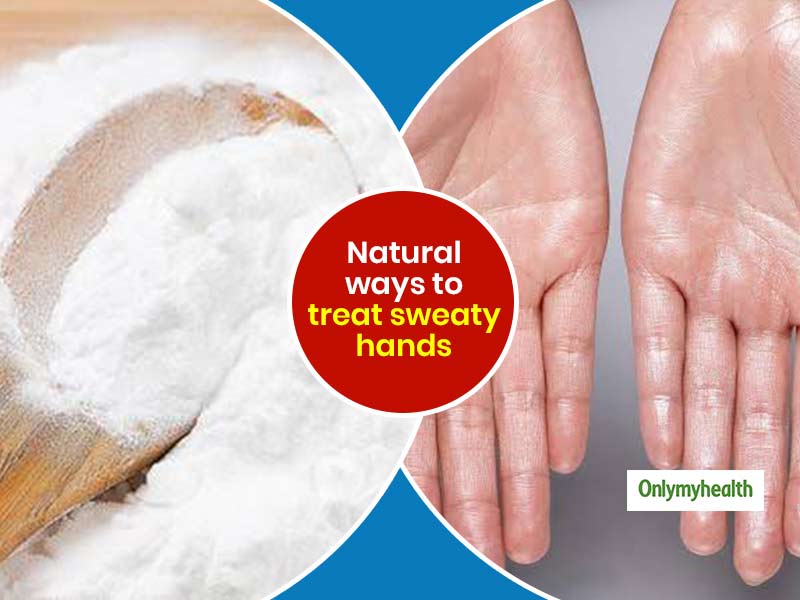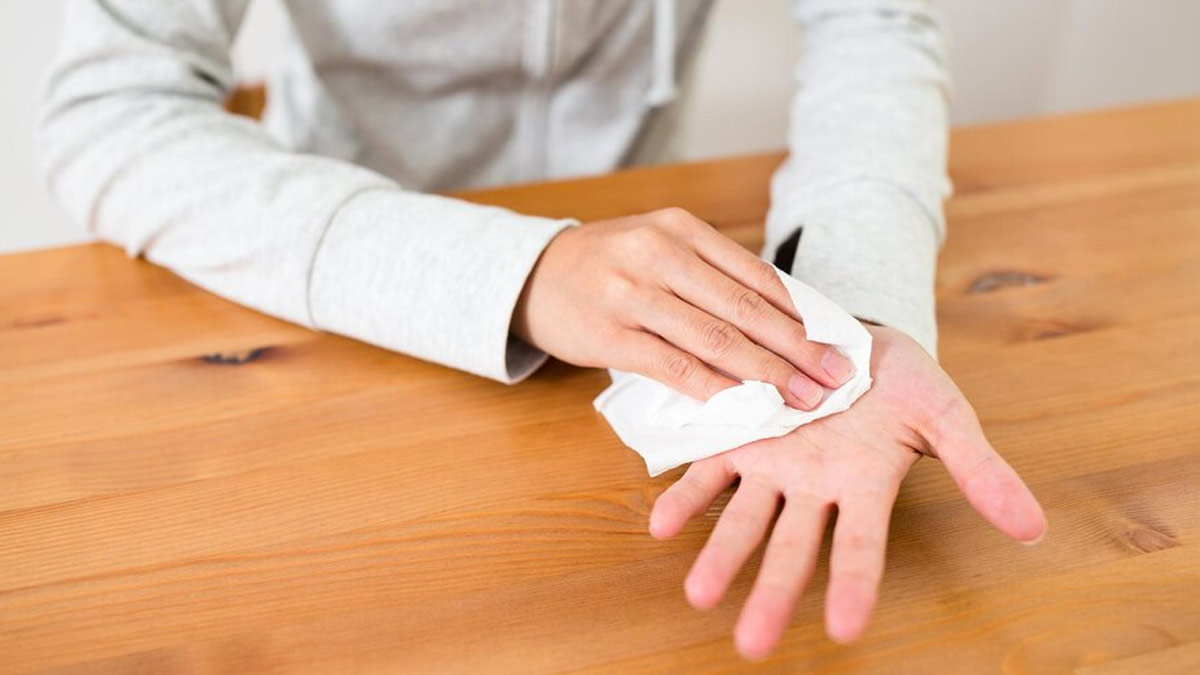Top Dermatology Treatments for Hyperhydrosis of Hands and Feet: What You Required to Know
Top Dermatology Treatments for Hyperhydrosis of Hands and Feet: What You Required to Know
Blog Article
Unveiling the Complexities of Excessive Sweating: A Comprehensive Overview to Medical Diagnosis and Administration
Excessive sweating, medically known as hyperhidrosis, is a problem that impacts a substantial number of people and can have a profound impact on their quality of life. While sweating is an all-natural bodily function, its overactivity in hyperhidrosis offers a distinct set of obstacles that usually go past simple discomfort.

Recognizing Hyperhidrosis Causes
Hyperhidrosis triggers can be attributed to different aspects such as genes, hormonal discrepancies, and specific clinical conditions. Genetics play a substantial duty in primary focal hyperhidrosis, where individuals acquire the problem from their family members. By recognizing the certain variables adding to excessive sweating, healthcare companies can tailor therapy plans to attend to the underlying cause, offering alleviation and boosting the high quality of life for people impacted by hyperhidrosis.
Identifying Hyperhidrosis Effects

Furthermore, hyperhidrosis signs and symptoms may materialize in emotional and social distress, as people might really feel embarrassed or distressed regarding their sweating, causing evasion of social situations (How to stop sweaty hands). Furthermore, repeated episodes of extreme sweating can cause skin maceration, fungal infections, and a general decrease in self-confidence
Diagnostic Process for Hyperhidrosis
Launching the diagnostic process for excessive sweating involves extensive evaluation of the person's case history and health examination. Asking about the start, period, and triggers of sweating episodes is important to separate in between primary focal hyperhidrosis and second generalised hyperhidrosis. Clinical history ought to additionally include questions about drugs, medical problems, and family members history of hyperhidrosis.
Throughout the checkup, specific focus is paid to the areas impacted by sweating. The doctor may evaluate the extent of sweating, look for indications of underlying conditions, and evaluate the effect of sweating on the person's top quality of life. In addition, specific tests like the gravimetric test, starch-iodine examination, or skin conductance measurements may be performed to quantify the quantity of sweat produced.
Moreover, in cases where secondary hyperhidrosis is suspected, extra tests such as blood examinations, urine examinations, and imaging studies may be suggested to determine the underlying source of too much sweating. The analysis process aims to properly figure out the type and reason of hyperhidrosis to guide suitable management approaches.
Treatment Alternatives for Hyperhidrosis
When dealing with extreme sweating, various therapy alternatives are available to minimize symptoms and enhance the person's top quality of life. The therapy technique for hyperhidrosis depends on the extent of signs and symptoms and the client's feedback to first therapies.
Topical treatments, such as aluminum-based antiperspirants, are frequently recommended as the very first line of defense for managing moderate cases of hyperhidrosis. For people with more serious signs, oral medications like anticholinergics might be recommended to assist decrease sweating.
Effective Monitoring Methods
To successfully manage hyperhidrosis, a detailed and personalized therapy strategy tailored to the patient's particular needs and response to previous therapies is vital. This plan might incorporate a combination of therapeutic methods, including lifestyle adjustments, topical therapies, oral drugs, botulinum toxin shots, iontophoresis, and in serious situations, medical treatments like sweat gland elimination or sympathectomy. Way of living modifications such as using moisture-wicking clothing, utilizing antiperspirants, and exercising stress-reducing techniques can enhance clinical treatments. Topical antiperspirants having aluminum chloride are typically the first-line treatment, with stronger solutions readily available for immune cases. Oral medicines like anticholinergics may be recommended for generalised hyperhidrosis. Botulinum toxic substance have a peek at these guys shots are effective for focal hyperhidrosis, giving temporary alleviation by obstructing the release of acetylcholine. Iontophoresis, involving the use of a low electric current to reduce gland activity, can be helpful for both palmoplantar and axillary hyperhidrosis. Surgical alternatives are generally reserved for serious, refractory cases and call for mindful consideration of advantages and threats. A multidisciplinary method entailing dermatologists, medical care physicians, and, if necessary, specialists, can optimize the management of hyperhidrosis.
Conclusion
In conclusion, hyperhidrosis is a condition characterized by extreme sweating, which can substantially influence a person's top quality of life. With appropriate medical diagnosis and monitoring methods, individuals enduring from hyperhidrosis can discover relief and enhance their overall wellness.
Extreme sweating, medically recognized as hyperhidrosis, is a condition that influences a substantial number of people and can have an extensive impact on their high quality of life. By recognizing the particular factors contributing to too much sweating, health care companies can tailor therapy plans to deal with the underlying reason, offering relief and improving the top quality of life for people influenced by hyperhidrosis.
Hyperhidrosis, characterized by too much sweating past what is essential for managing body temperature level, can dramatically affect a navigate to these guys person's high quality of life. Asking about the start, period, and causes of sweating episodes is vital to distinguish in between primary focal hyperhidrosis and secondary generalized hyperhidrosis. Exessive Sweating.In final thought, hyperhidrosis is a condition characterized by extreme sweating, which can substantially influence an individual's quality of life
Report this page